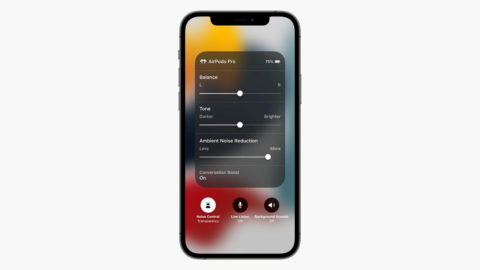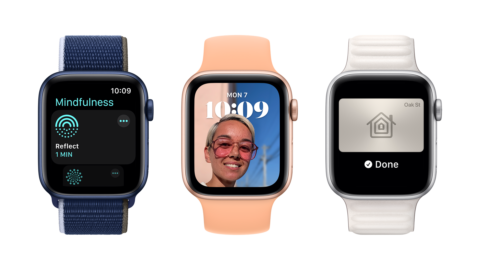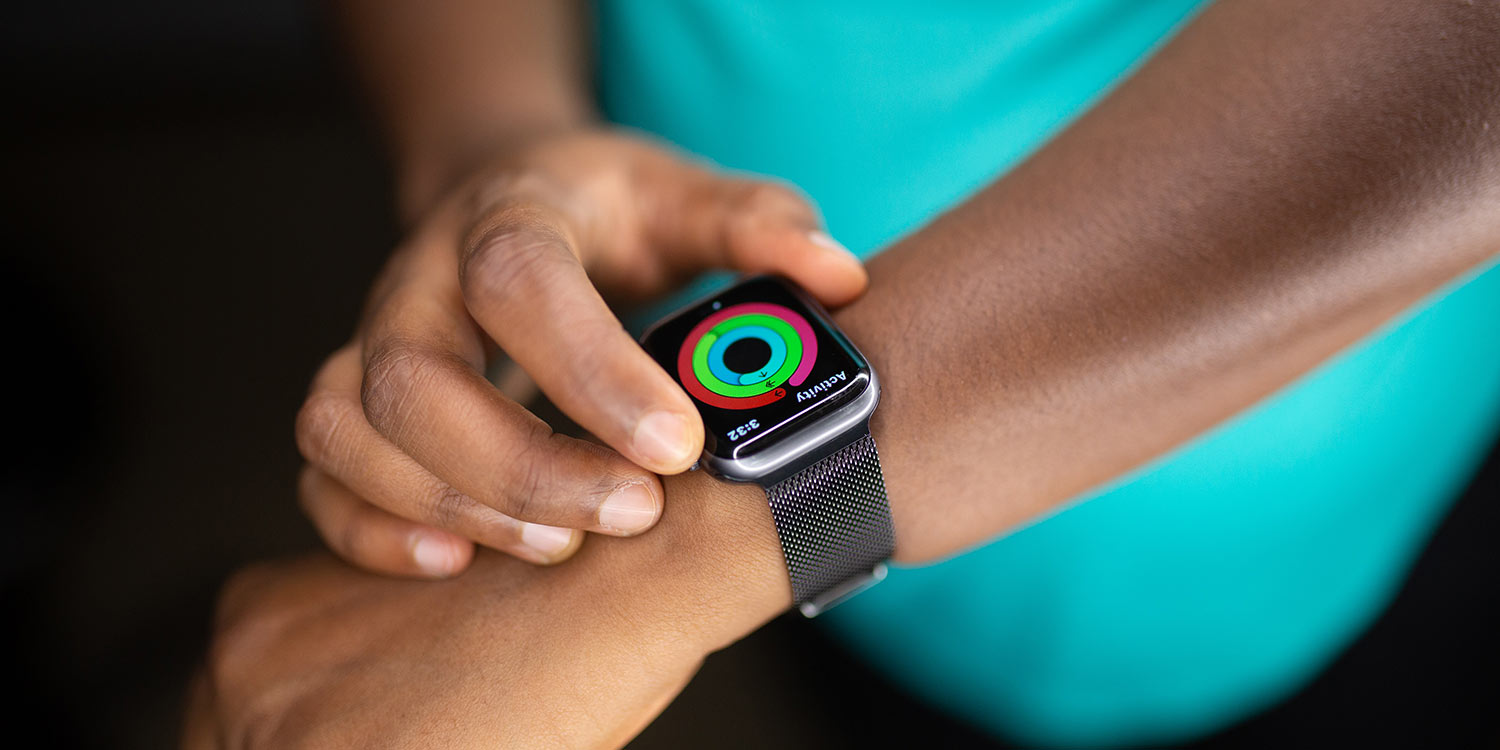With AirPods and Apple Watch, Apple continues to excel in accessibility and inclusiveness
We’re not all cyborgs just yet – although with the ongoing fusion of people and technology, it’s surely only a matter of time. However, it’s interesting to see what happens when gadgets are utilized in a fashion that more fully fuses them with their owners, to the degree the combination of hardware and software can do things beyond what you’d otherwise expect.
There were two announcements along these lines at Apple’s recent developer conference, WWDC21. Nestled among excitement about new iPhone features and latecomer iPad widgets were two breakthroughs that will meaningfully make many thousands of people’s lives better – all through existing gadgets they own and via nothing more than software updates.

AirPods Pro will help you more easily focus on conversations.
The first is coming to AirPods Pro. You might have heard that FaceTime and other video apps are getting a feature that eradicates background noise, making it easier for you to hear what someone on a call is saying (assuming they turn the feature on and don’t spend their time banging frying pans or playing their favorite tunes via loudspeakers situated right behind their chair). Conversation Boost brings something similar to AirPods Pro, so a user can isolate the voice of whoever’s directly in front of them and, on an iPhone running iOS 15, define how much ambient noise to let in.
This isn’t a full-on hearing aid, but it is revolutionary for people who struggle to focus/hear in noisy surroundings. It’s about cleverly utilizing technology in context, and showcases Apple’s ongoing ability to ‘think different’ when it comes to accessibility and inclusivity, rather than chasing headlines or numbers on tech specification sheets.

Apple Watch will soon enable one-armed use
AssistiveTouch is even more spectacular. Already a part of iPhone and iPad, this technology is designed to assist users who have upper-body limb differences – and it’s now coming to Apple Watch. As of watchOS 8, it will enable one-arm usage of Apple’s wearable, by utilizing the device’s sensors to trigger actions. Clench your fist twice and the feature activates. You then perform gestures – clenching, pinching – with the arm your watch is on to navigate to and press virtual buttons.
More advanced features provide the means to virtually control the Digital Crown without even touching it, and to navigate your device by tilt. This will be a boon for people who would otherwise be locked out of Apple Watch. And it’s worth remembering accessibility features might not have been designed with you in mind, but they are available to everyone. Even if you’re not hard of hearing and have full use of both arms, we bet there are use-cases where Conversation Boost and AssistiveTouch will prove useful to you too.

